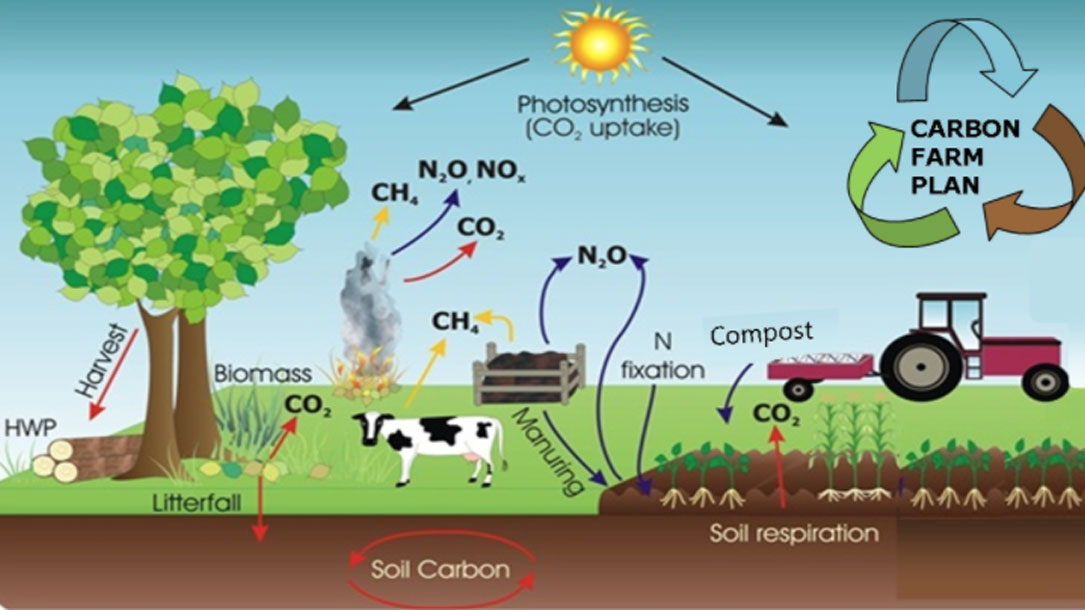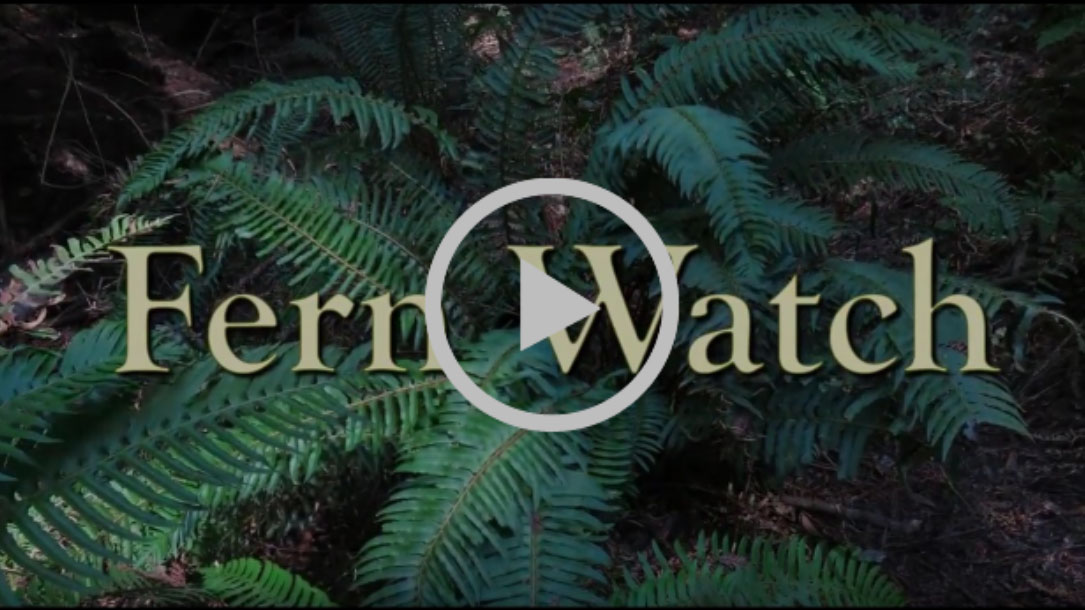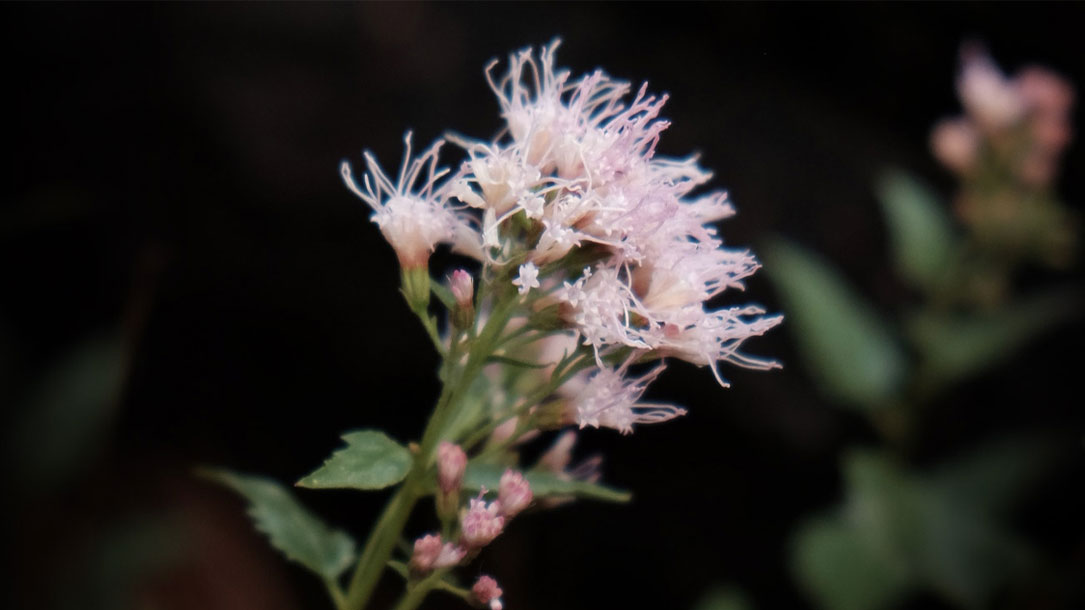Home > Climate News >

Carbon farming: good for farmers, ranchers, and climate
Marin Agricultural Land Trust is part of a community of scientists, ranchers, agencies and policymakers in and around Marin County, California that is working to develop and advance climate-friendly land use practices, known as carbon farming, that could help make food production part of the climate solution.
Carbon farming is a set of practices that reduce or reverse a farm or ranch’s greenhouse gas emissions. Ranchers and farmers can actually improve their land’s ability to remove carbon from the air—where it contributes to climate change—and instead store it in the soil, where it’s not only harmless but also beneficial to plants.

Solar for conservation
Gallatin Valley Land Trust is proud to have conserved over 45,000 acres across their region. While protecting land from development and fragmentation is the first step, protecting the ecological integrity of our natural resources is equally as important. This is why they’re proud to announce a partnership with On Site Energy.
What’s the connection between land conservation and solar energy?
Fish need cold, clean water to survive, and rivers need high altitude snow pack to keep them flowing through hot summers. Ranchers and farmers also depend on the availability of that water for irrigation, and wildlife depend on the intricate balance of the changing seasons to maintain viable habitats…

The most important thing you can do to fight global warming: End the climate “spiral of silence.”
Americans rarely talk about climate change—and they rarely hear about it in the media—a major new survey finds. But that silence reinforces the dangerously wrong notion that climate change isn’t an existential threat requiring urgent action.
There is good news. Land trusts are starting to help their supporters, and their communities, realize that the lands and waters they love are at stake—and that land conservation, while part of the solution, won’t be enough. I think you’ll appreciate the science to this changing approach…

A dozen artistic responses to one of the greatest threats of our time
Human-induced climate change, which certain politicians deny and many of us choose to ignore, threatens the survival of every species on Earth…

How to talk about climate change: 5 tips from the front lines
“Greenhouse gas emissions need to decrease fast if we are to have any chance of keeping global temperature rises below dangerous levels, and it is hard to see how this will happen without greater, and more urgent, engagement with society.
We need more people talking about climate change more often, because we need to break out of the current climate echo chamber.
However, many people feel under-equipped to do this. If that is you, these five tips may help you over this barrier. They are the result of both my own experience, and lessons from behavioural experts…”

Addressing climate grief makes you a badass, not a snowflake
With the fires, floods, extreme storms and loss of life, climate grief is real and there are ways to cope. Students are grappling with this too. “Direct engagement with today’s biggest challenges is, nevertheless, the path many of today’s students are choosing to follow. That doesn’t make them snowflakes. It makes them badasses…”

Make Change Happen: “Environmental Voters Project” gets environmentalists, conservationists, to the polls
You may not think of yourself as an environmentalist (and instead connect with the word “conservationist”) but the outside world probably has you tagged that way. That means this information could be for you—and/or your land trust.
The Citizen’s Climate Lobby is a very thoughtful, responsible, and strategic organization. You can join them—or learn from them—regardless of your actions to slow down climate change.
Here’s a case in point: “The good news is that 20.1 million Americans who are registered to vote identify climate change or other environmental issues as one of their top two priorities. These are ‘super-environmentalists,’ as the Environmental Voter Project calls them.
The bad news? ‘Environmentalists are disproportionately awful voters,’ Nathaniel says. Using public voting and polling data, the Environmental Voter Project breaks down the numbers of environmentalists who vote…”

Tips for land trusts to communicate about climate change
The Land Trust Alliance, a national land trust service center, provides tips and examples on how land trusts are stepping up to meet community members where they are and help empower them to take action on climate change.
As land trusts recognize the growing threat of species extinction, rise of invasives, loss of agricultural viability, and serious impacts on health and local economies, many are helping folks connect the dots in a way that matters to them.

Fern Watch
Help Save the Redwoods League track climate impacts in the coast redwood forest by observing Western sword fern (Polystichum munitum). This fern is common in the world’s tallest forests and responds quickly to increases or decreases in rainfall. You can help us track changes in these ferns in your local forest by joining our Fern Watch project through the free iNaturalist App. With your help we can locate habitat most buffered from climatic extremes and focus our conservation efforts in areas resilient to climate change.

Contribute to Science
Every observation can contribute to biodiversity science, from the rarest butterfly to the most common backyard weed. We share your findings with scientific data repositories like the Global Biodiversity Information Facility to help scientists find and use your data. All you have to do is observe.












